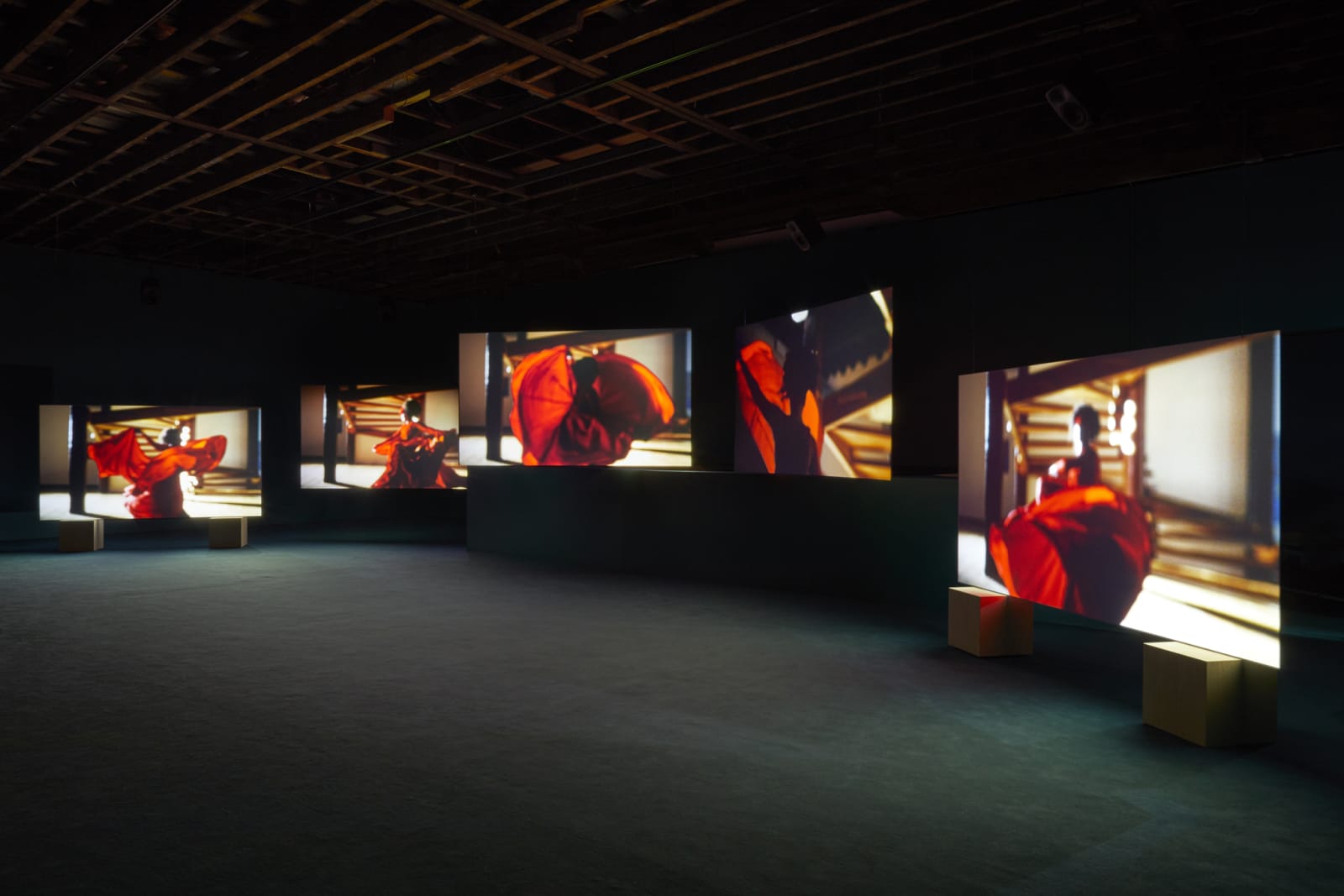
Isaac Julien
Lina Bo Bardi - A Marvellous Entanglement, 2019
Nine screen installation, Super High Definition (4K), Colour, 9.1 Surround Sound and ash wood plinths
Duration: 39 minutes 8 seconds
Join our mailing list
* denotes required fields
We will process the personal data you have supplied to communicate with you in accordance with our Privacy Policy. You can unsubscribe or change your preferences at any time by clicking the link in our emails.